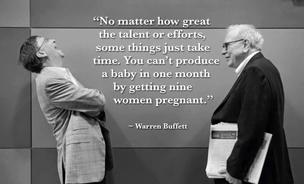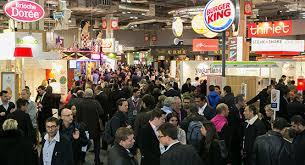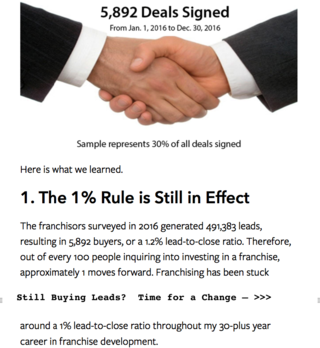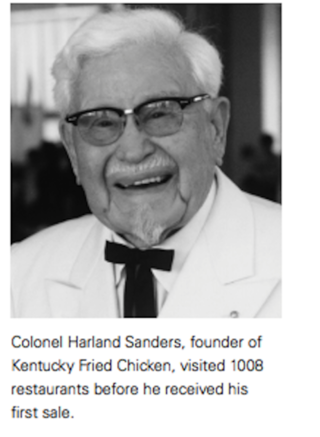What Works at a Tradeshow for Successful Franchisors, like the United Franchise Group
At SFBC 2019, Ray Titus admitted that he is the first to say if the UFG is having a "bad show" at one of the various franchise expos. But, for the most part, they have great shows and collect a lot of qualified leads. How do they do it?
1. They meet people that have paid to attend the Franchise Expo. They meet all the people.
2. They qualify the attendees for interest in their brand.
3. If qualified, they ask for personal information which can easily be handed over, a business card or a scanned badge. In return, they give them some valuable information about their franchise opportunity.
4. They explain what will happen next & promise to get back to them. They keep this promise.
5. In the next 2-3 weeks they follow through, staying in territory. They get back to everyone and either meet them in person or on the phone. And they know, if the candidate has talent & capital, and is ready to buy, the sales cycle will still be 90-120 days. Which they don't rush to a happy ending. They have patience, grit and faith in their enduring franchise sales process.
What They Don't Do at a Tradeshow
1. They don't invite someone to a "discovery day" on Expo floor.
2. They don't get them to fill out a long application form.
3. They don't spend more than a few important minutes with each person.
Can every franchisor do this? Have a good show and collect better leads from the show? Sure, if they have a team that can stay in territory for the 2 to 3 weeks after the Expo. But, what about smaller systems that cannot afford this?
Well, this is where Linkedin shows its power -- you can follow up with your prospects from the comfort of your home office, qualify candidates, and get more franchise sales appointments. Anyone can do this -- even with a low budget. As long as you are willing to do the work. Let's get started.
Linkedin as the Never Ending Franchise Expo
If someone is open to a new business opportunity, they are likely to be on Linkedin. They may not be active daily, but their profile is there for everyone, including you, to read.
Your job is to connect with them, get them off of Linkedin and onto a scheduled call, webinar or newsletter. (Don't leave this important job to an automated tool or your website, it simply won't work.)
How do you do this?
1. Create a list of people or profiles that you want to look at.
2. Create a daily routine where you look at between 100 - 300 profiles & check their recent activity. (This should take no more than 60 minutes of your time.)
3. Start a conversation, based on their profile & activity. Ask them to connect. If they won't connect, they aren't interested in doing business with you, yet, (We will return to this topic later on.)
4. Have a giveaway, a brochure, an white paper, an ebook, or video to give them.
5. After the conversation has started in Linkedin, ask them if you could send them the brochure, white paper, ebook, or video. If they accept, follow & ask for the telephone conversation.
Continue with 1-5 until your list is complete, and then start all over again. In next to no time at all, you will be booking sales calls and t & making many more franchise sales.




